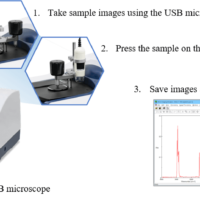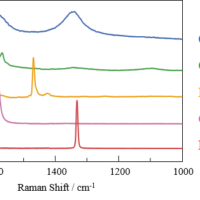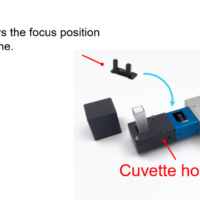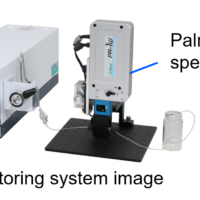Introduction
Microplastics generally refer to plastics that are 5 mm or less in size, and have been reported to exist in various places such as seas, rivers, and the atmosphere. In this article, we introduce the results of measuring microplastics in the atmosphere (Airborne Microplastics; AMPs) provided by Professor Hiroshi Okochi, School of Creative Science and Engineering, Waseda University, Japan.
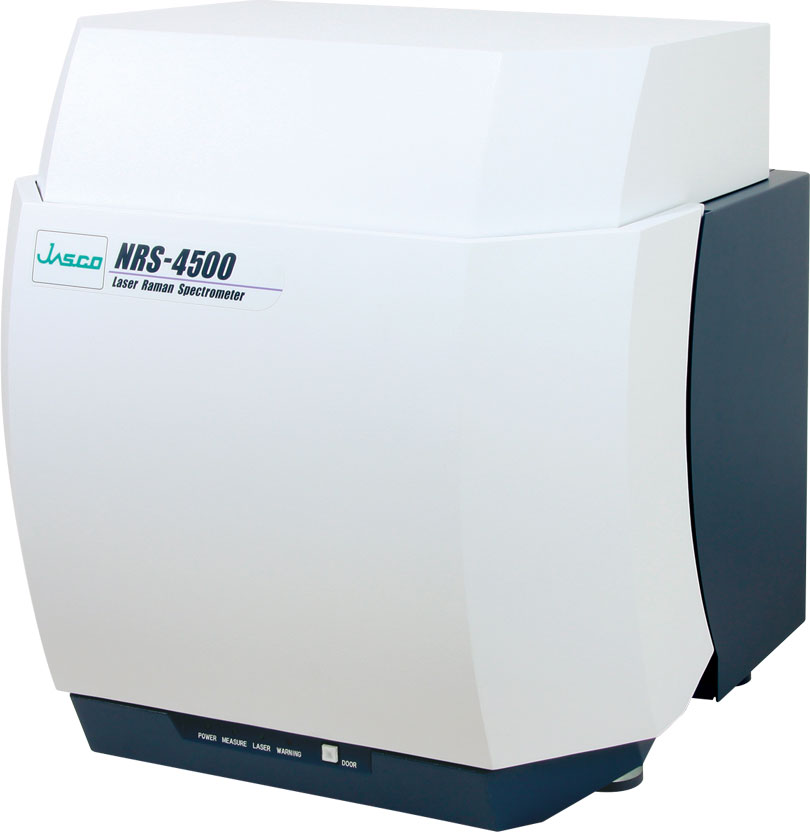
NRS-4500 micro Raman spectrometer
Experimental
<Sample information>
– AMPs (PM2.5) collected at the top of Mt. Fuji which is in the free troposphere at night.
– AMPs were collected on an aluminum oxide membrane filter and measured by using micro Raman spectrometer
<Measurement conditions>
Excitation wavelength: 532 nm
Objective lens: 100x
Grating: 900 gr/mm
Exposure time: 15 seconds
Accumulation: 2 times
BS/DM: BS
Laser power: 2.1 mW (sample side)
Results
Figure 1 shows some of the results obtained by point measurement using micro Raman spectrometer. Polyethylene terephthalate (PET) and polyhydroxybutyrate (PHB) that is a type of biodegradable plastic were detected as plastic particles. All particle sizes were 5 μm or less, showing that the measurement by using micro Raman spectrometer is effective for microplastics analysis.
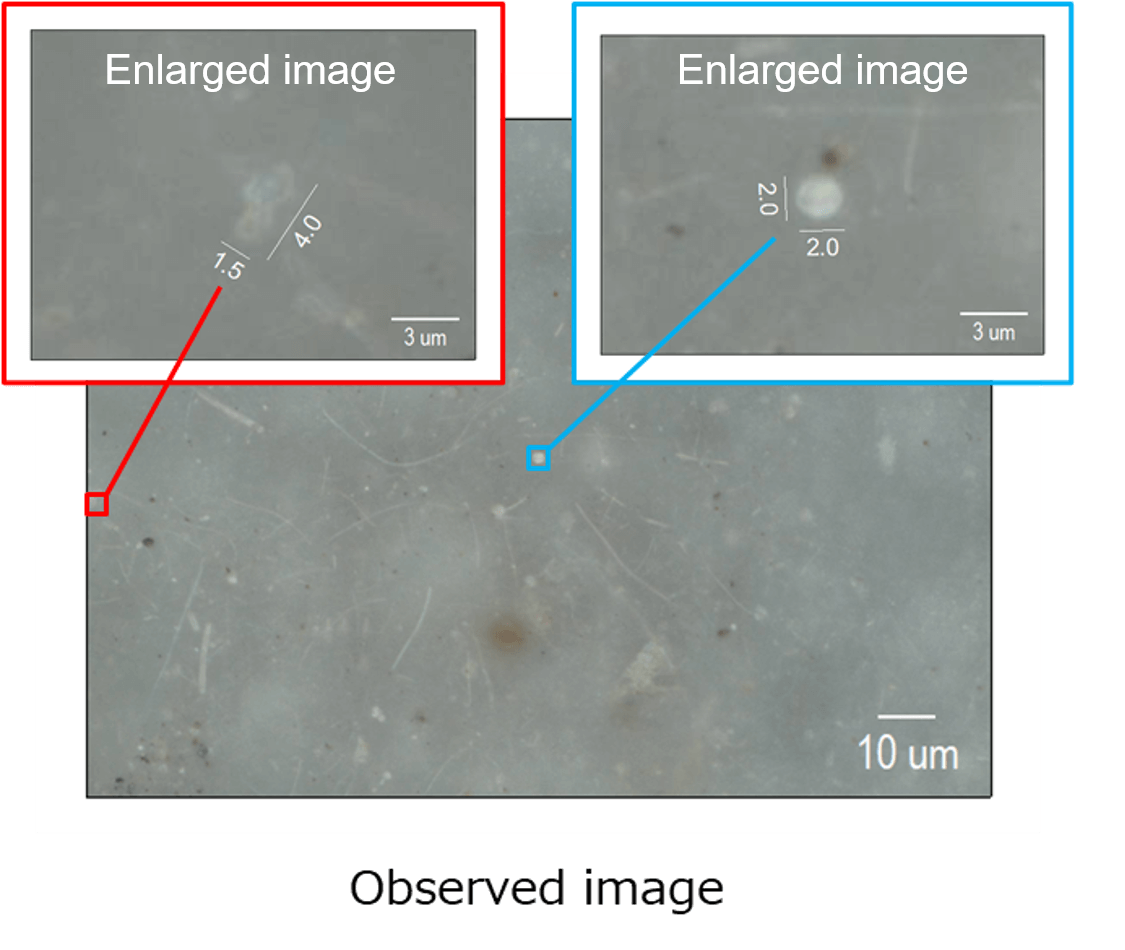
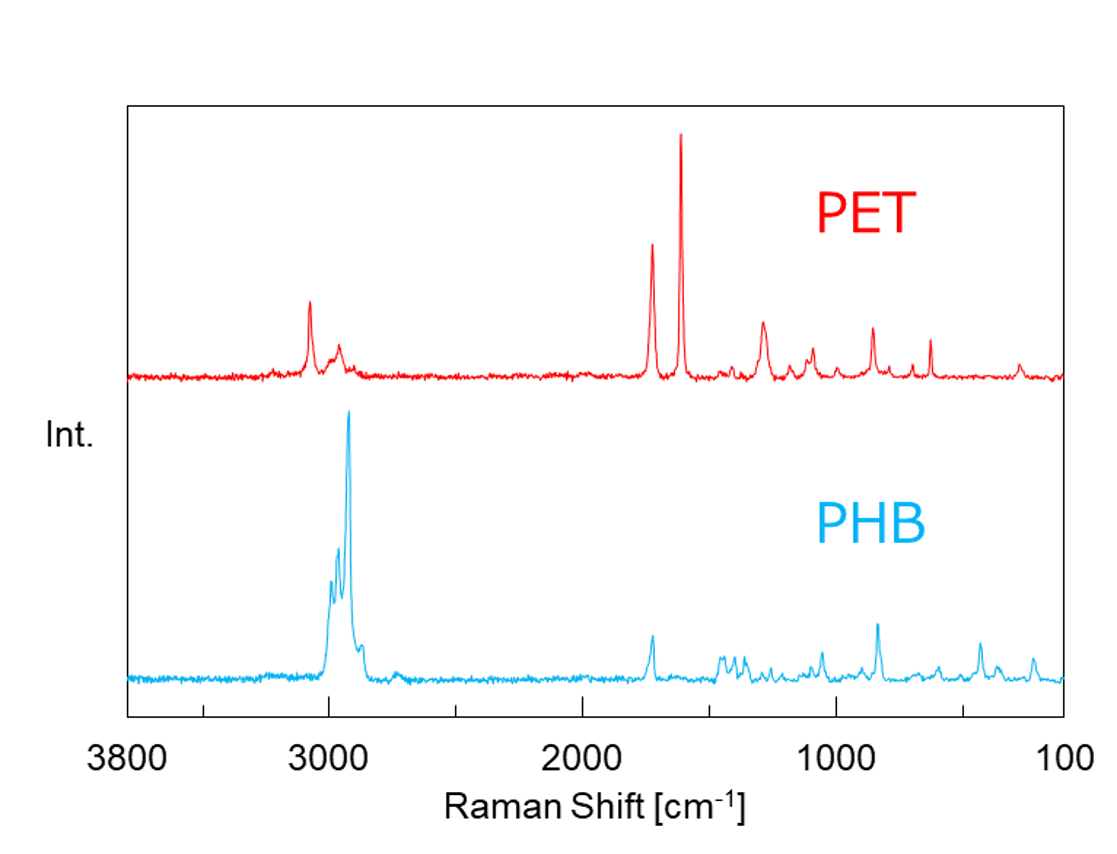
Figure 1. Measurement results
Conclusion
By using micro Raman spectrometer, qualitative analysis of microplastics of 10 μm or less can be performed. A broad size range of microplastics is measurable by using different analyzers depending on the size.
References
We would like to express our sincere gratitude to Professor Hiroshi Okochi, School of Creative Science and Engineering, Waseda University, Japan, for providing the AMPs samples and for his guidance.

